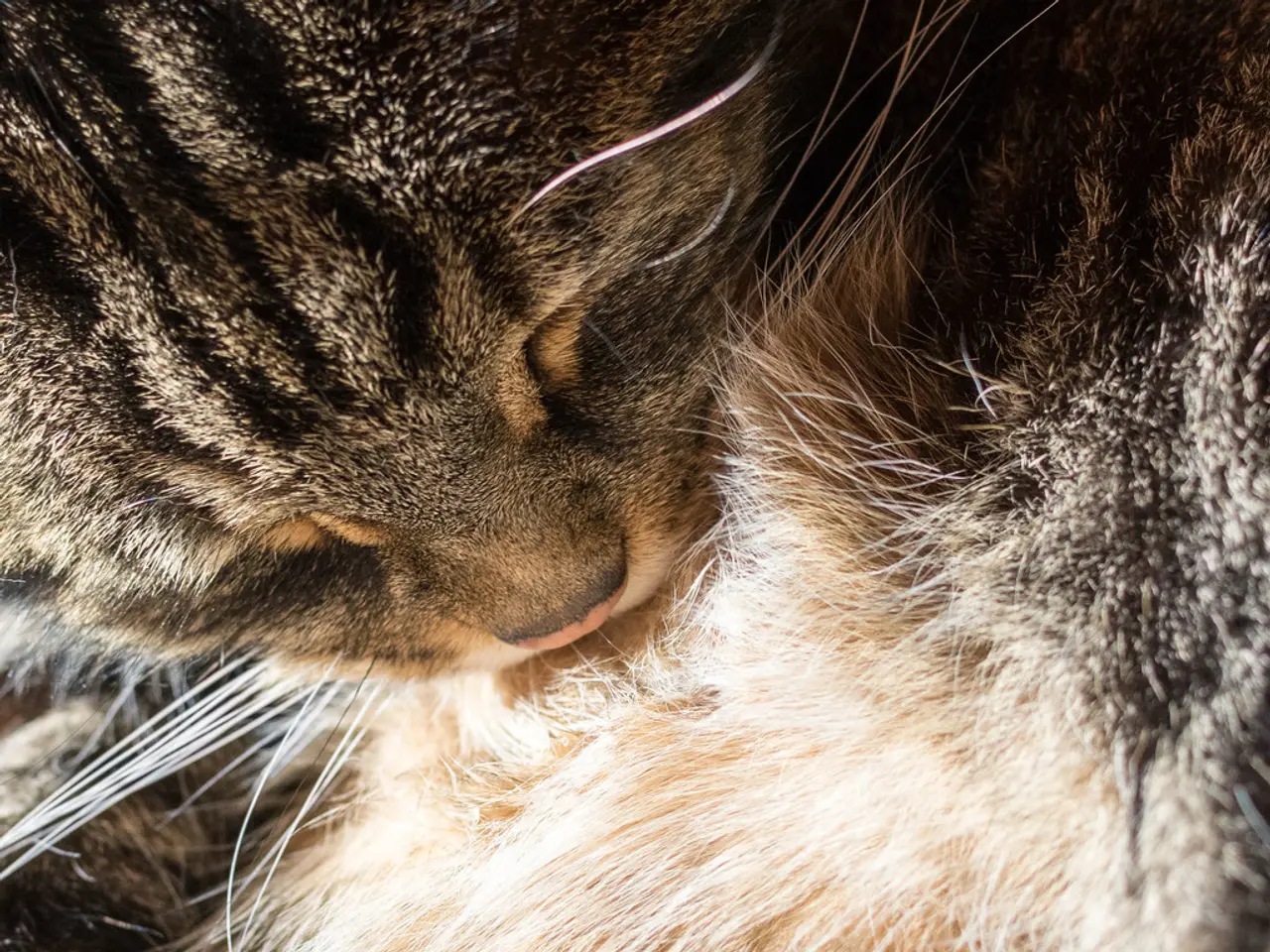Lipomas in Cats: Types, Diagnosis, and Treatment
Lipomas, benign tumours composed of fat cells, are more common in dogs than in cats. While cats can develop these soft, squishy growths, their occurrence is less frequent. These tumours are typically harmless, but can cause discomfort or require treatment in certain cases.
Veterinarians have identified three types of lipomas in cats: simple lipomas, myelolipomas, and infiltrative lipomas. Simple lipomas are common, while the latter two are rare. Siamese cats may have a higher risk of developing lipomas. These growths are usually not linked to a cat's weight.
Most lipomas in cats do not cause symptoms, but large ones can affect movement or breathing. Diagnosis involves a simple needle poke for simple lipomas, while infiltrative lipomas require a surgical biopsy. Treatment is typically not necessary, but lipomas in the chest or belly may need surgical removal. The average age of diagnosis is 9.6 years old, with domestic shorthaired cats being most commonly affected. Lipomas do not spread to other parts of the body.
Lipomas, while more common in dogs, can affect cats. These benign tumours are usually harmless, but can cause discomfort or require treatment in some cases. Understanding the types, diagnosis, and treatment options is crucial for cat owners to ensure their pets' well-being.




